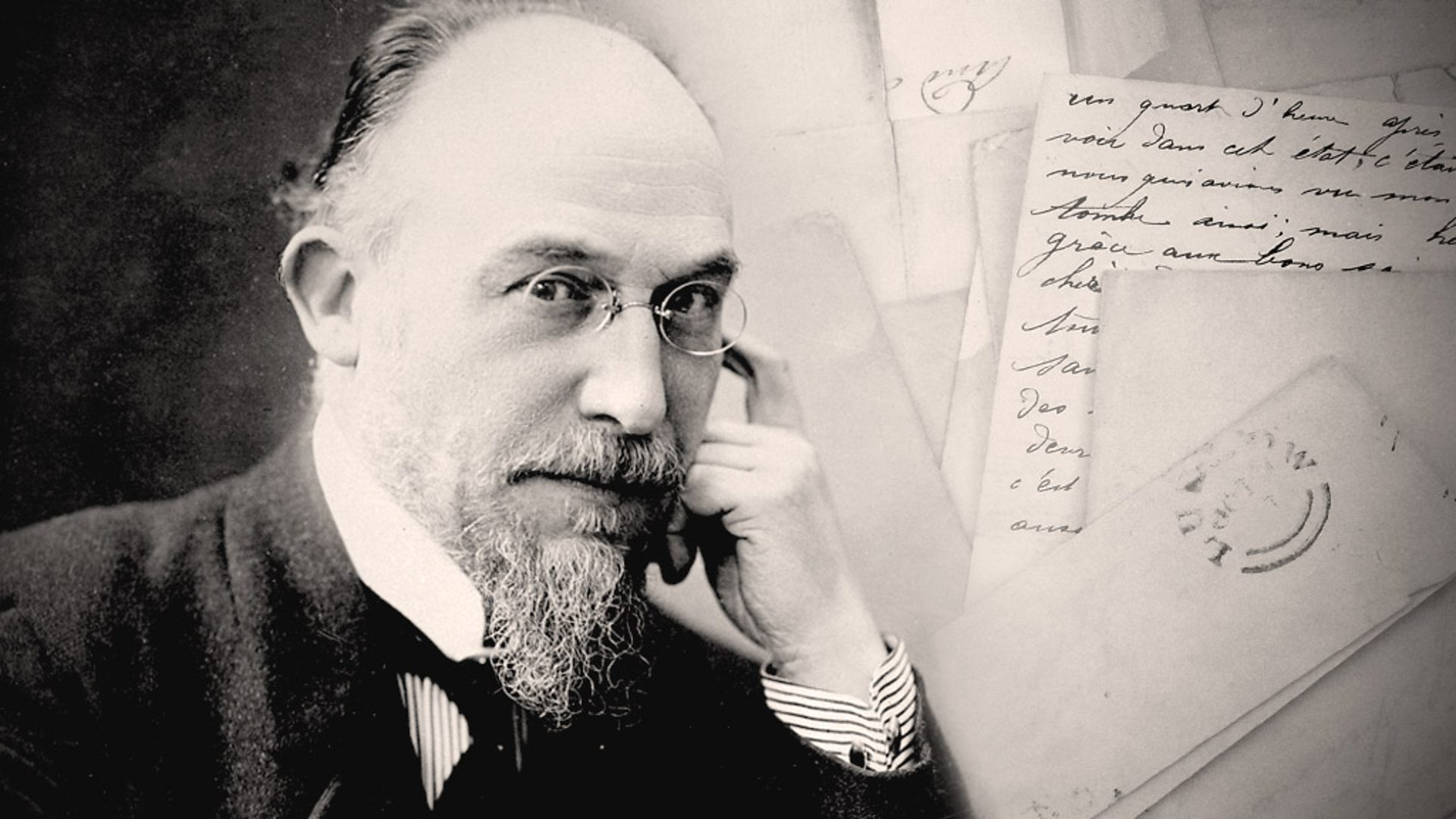Happy 150th Birthday, Erik Satie
Yesterday marked the 150th anniversary of the birth of Erik Satie (1866-1925), the colorfully eccentric French avant-garde composer whose work anticipated later movements such as Surrealism, Dadaism, and late twentieth-century minimalism. Satie described many of his pieces as “Furniture music.” This music purposely stayed in the background, stripping away any hint of overwrought emotion. In the century between Haydn’s twenty minute-long classical symphonies and Wagner’s eighteen-hour-long Ring Cycle, concert music generally grew bigger, louder, …





